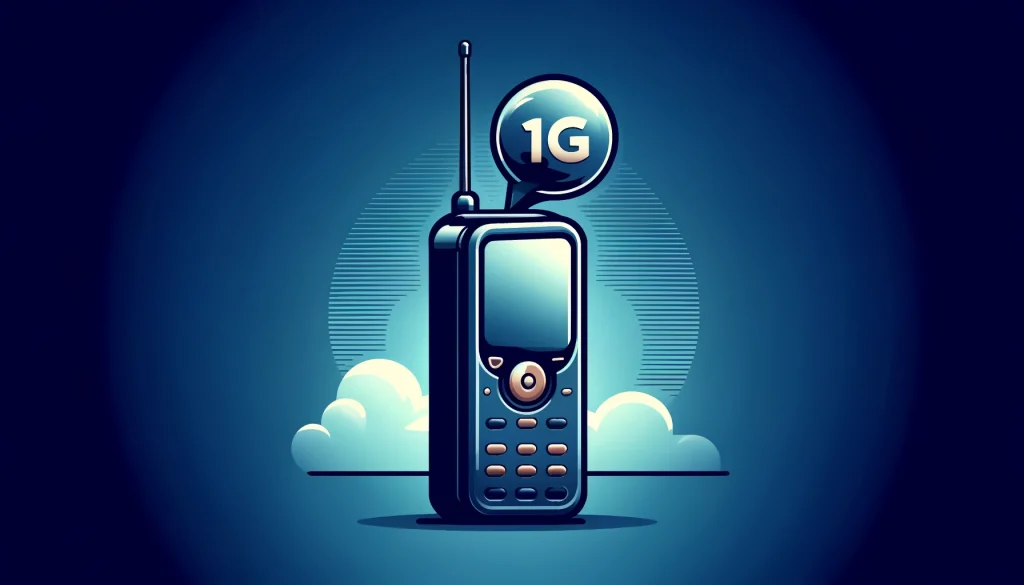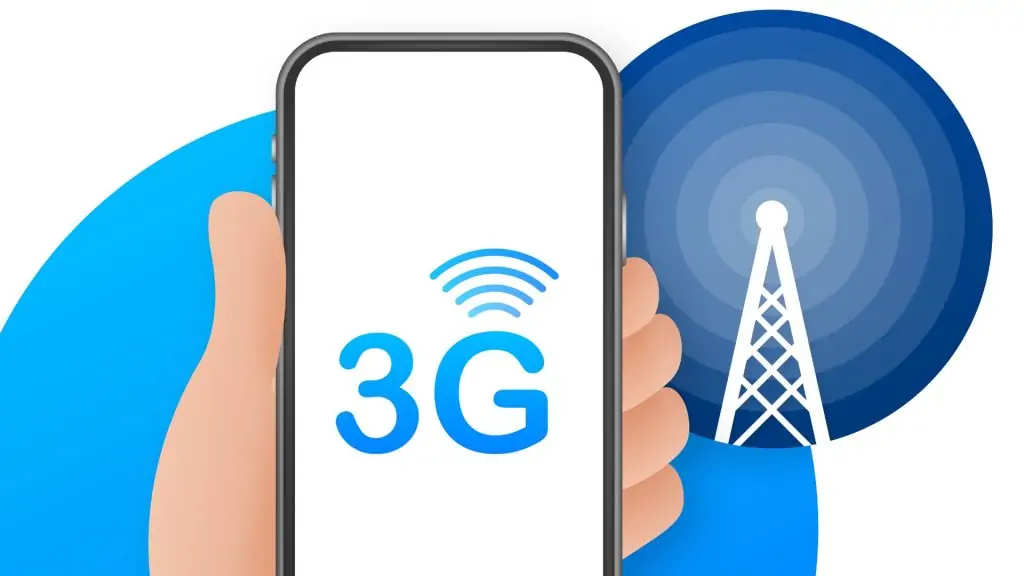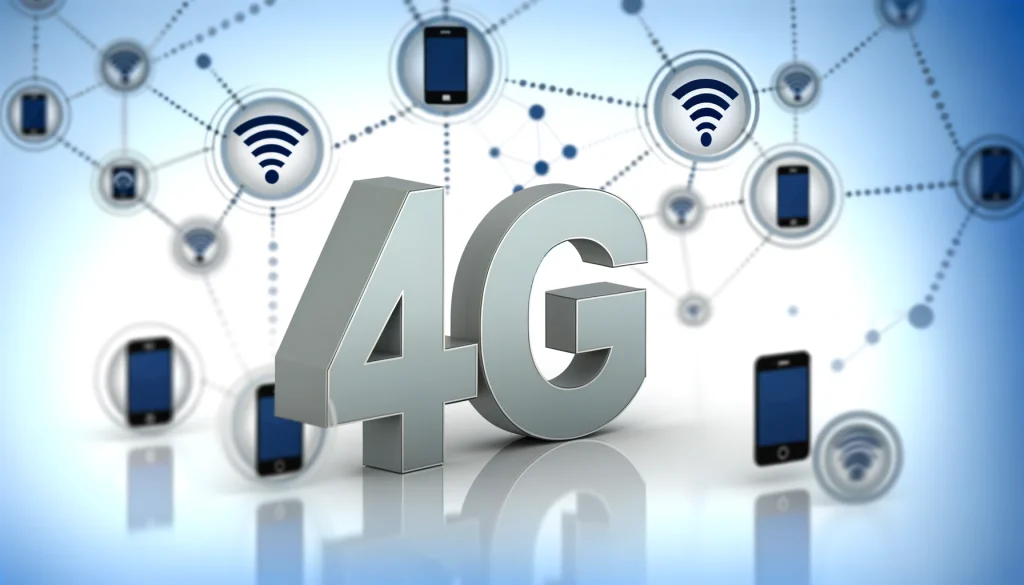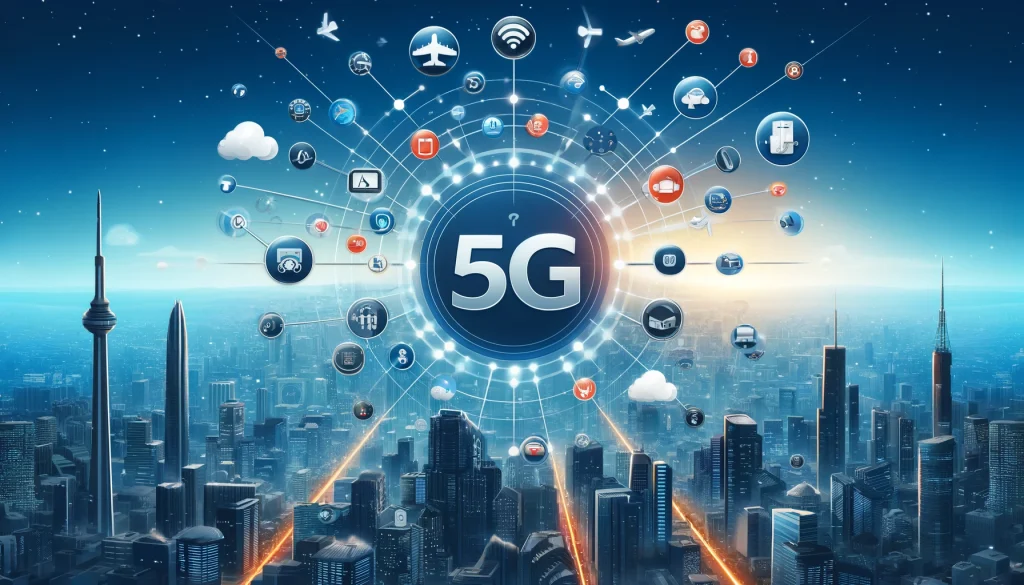Mobile or cellular networks are pivotal in shaping our growing world’s communication and daily interactions. These networks consist of cells, each served by a fixed-location transceiver, allowing seamless wireless connectivity for voice calls, data transmission, and more. They are crucial in enabling modern telecommunication technologies and have become indispensable in today’s digital era. From their humble beginnings to today’s advanced 5G networks, mobile networks continue to evolve, supporting many applications that define our modern lifestyle.
Types of Mobile Networks
1G Networks
The 1G network was launched in Japan in 1979 and expanded to other countries, including the USA, in 1980. It represents the first generation of mobile telecommunications technology characterized by analog signals. These networks introduced the world to mobile phones, enabling voice communication over long distances without wires. However, 1G networks had significant limitations, including poor voice quality, limited capacity, and lack of security.
2G Networks
In 1991, Radiolinja (now part of Elisa Oyj) launched 2G commercially on the GSM standard in Finland. 2G networks marked the shift from analog to digital communications, introducing significant improvements in call quality and data services. Key technologies in 2G networks include GSM (Global System for Mobile Communications) and CDMA (Code Division Multiple Access). These networks enabled basic data services like SMS and MMS, laying the foundation for future advancements.
3G Networks
Initially introduced in May 2001 as a pre-release test of W-CDMA technology, 3G saw its first commercial launch by NTT DoCoMo in Japan on October 1, 2001. 3G networks brought enhanced data capabilities, making mobile internet and video calls possible. Key technologies in 3G networks include UMTS (Universal Mobile Telecommunications System) and HSPA (High-Speed Packet Access). These networks significantly improved mobile internet speeds and supported various multimedia services.
4G Networks
The first commercial deployment of the LTE standard occurred in Oslo, Norway, and Stockholm, Sweden, in 2009. 4G networks, particularly LTE (Long Term Evolution), revolutionized mobile internet with high-speed data transfer and low latency. Other technologies like WiMAX also played a role in the 4G era. 4G enabled high-quality video streaming, enhanced online gaming, and seamless browsing experiences.
It significantly boosted mobile internet capabilities, paving the way for advanced applications like video conferencing and real-time social media interactions. As the backbone of current mobile communications, 4G continues to support a vast array of services and devices worldwide.
5G Networks
The 5G mobile network is the latest advancement in cellular technology, offering faster speeds, lower latency, and greater capacity compared to its predecessor, 4G. Since 2019, 5G has been deployed globally to revolutionize industries with enhanced connectivity and support innovations like smart cities, autonomous vehicles, and advanced IoT applications.
Its high-speed data transmission enables seamless streaming, rapid downloads, and improved overall user experiences. Key technologies include mmWave (millimeter wave) and Sub-6 GHz. 5G is expected to drive innovation in various sectors, including IoT (Internet of Things), autonomous vehicles, and smart cities.
Impact of Mobile Networks on Society
Mobile networks have had a profound economic impact, driving growth in various industries and creating new business opportunities. Socially and culturally, they have transformed communication, enabling instant connectivity and information sharing. It also plays a critical role in emergency and disaster management, providing essential communication links during crises.
Future Trends in Mobile Networks
The transition to 5G and beyond promises to bring even more significant changes. Emerging technologies like AI and IoT will further integrate with mobile networks, leading to innovations such as smart cities and autonomous vehicles. While these advancements offer tremendous opportunities, they also present new challenges, including the need for robust security measures and infrastructure investment.
Conclusion
Mobile networks have fundamentally transformed our world, shaping how we communicate, access information, and conduct business. From the inception of 1G to the revolutionary advancements of 5G, each generation of mobile technology has significantly improved speed, capacity, and connectivity. These networks are integral to modern telecommunication, enabling many applications that define contemporary lifestyles. As we look to the future, mobile networks will continue to evolve, driving innovation and connecting the world in unprecedented ways. Despite their challenges, the mobile network’s impact on society remains profound and indispensable.








